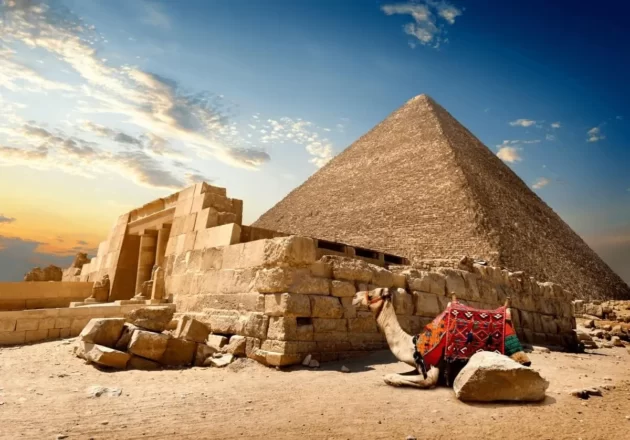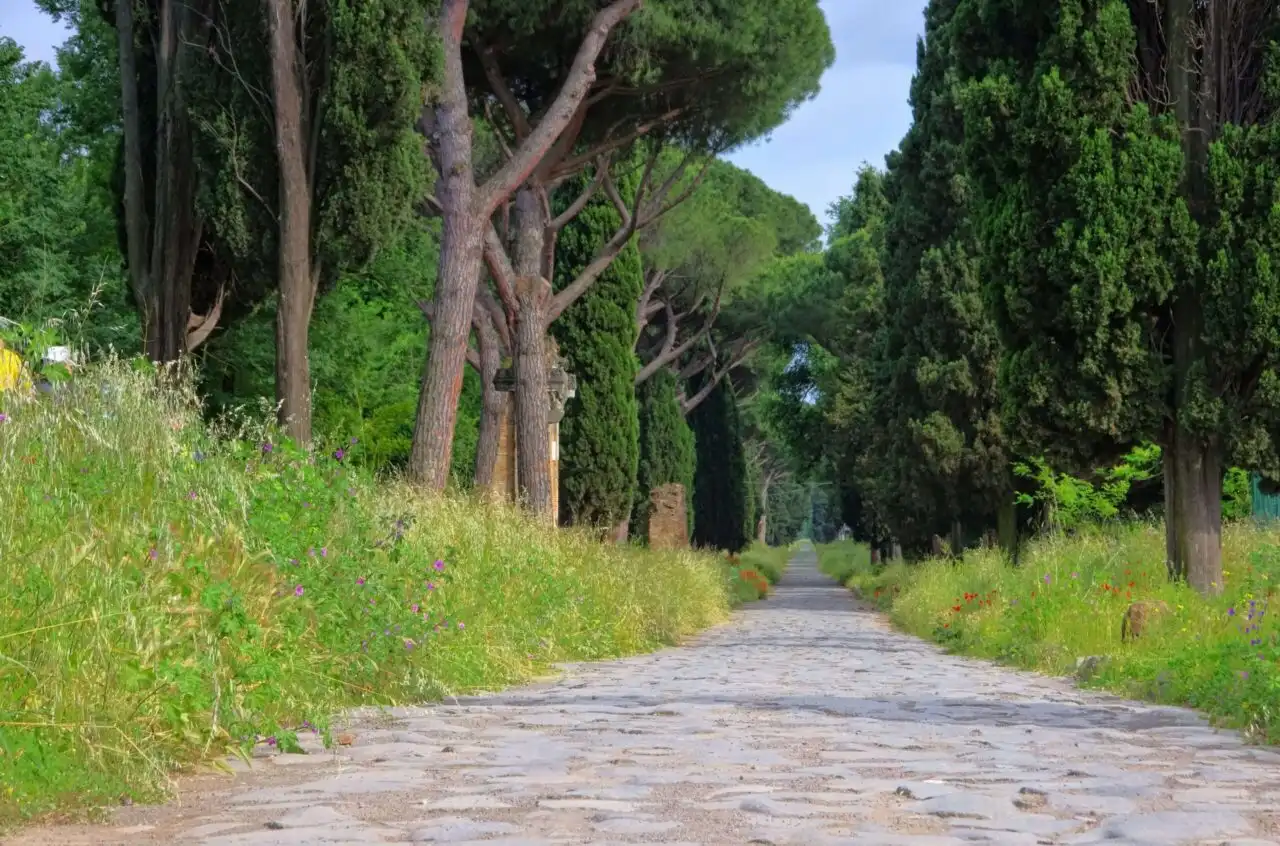Although we often have a feeling like people are travelling for the last few decades only, the truth is – people are travelling for centuries. Old Romans were travelling to relax in their Mediterranean villas. At the same time, people in Eastern Asia wandered for cultural experiences. I’ve got so fascinated with the history of travelling, that I did my own little research on how people started to travel. And here is what I’ve learned.
History of travelling
I was always curious about the reason people started to travel. Was it for pure leisure? To relax? Or to learn about new cultures, and find themselves along the way?
I wanted to chaise the reason all the way to its source – to the first travellers. And hopped to find out what was the initial motivation for people to travel.
According to linguists, the word ‘travel’ was first used in the 14th century. However, people started to travel much earlier.
While looking at the history of travelling and the reasons people started to travel, I wanted to distinguish the difference between travellers and explorers. Most of the time, when thinking about travel in history, people like Marco Polo or Christopher Columbus are coming to mind. However, they weren’t really travellers in a modern sense. They were explorers and researchers. So, to really learn about how people started to travel, I wanted to focus on ordinary people. Travellers like you and me, if you wish.
Romans and their roads
First people who started to travel for enjoyment only were, I’m sure you won’t be surprised, old Romans. Wealthy Romans would often go to their summer villas. And it was purely for leisure. They could, of course, start doing that because they invented something quite crucial for travelling – roads. Well developed network of roads was the reason they could travel safely and quickly.
However, there is another reason that motivated people in Antiquity to travel. And I was quite amazed when I learned about it.
It was a desire to learn. They believed travelling is an excellent way to learn about other cultures, by observing their art, architecture and listening to their languages.
Sounds familiar? It seems like Romans were the first culture tourists.
⤷ Read more: 20 Archaeological sites you have to visit in Europe
Travelling during the Middle Ages
It may come by surprise, but people started to wander more during the Middle Ages. And most of those journeys were pilgrimages.
Religion was the centre of life back in the Middle Ages. And the only things that connected this world with the saints people were worshipping, were the relics of saints. Pilgrims would often travel to another part of the country, or even Europe to visit some of the sacred places.
The most popular destinations for all those pilgrims was Santiago de Compostela, located in northwest Spain. People would travel for thousands of kilometres to reach it. To make a journey a bit easier for them, and to earn money from the newly developed tourism, many guest houses opened along the way. Pilgrims would often visit different towns and churches on their way, and while earning a ticket to heaven, do some sightseeing, as well.
Wealthy people were travelling in the caravans or by using the waterways. What’s changing in the Middle Ages was that travel wasn’t reserved only for the rich anymore. Lower classes are starting to travel, as well. They were travelling on foot, sleeping next to the roads or at some affordable accommodations. And were motivated by religious purposes.
⤷ TIP: You can still find many of those old pilgrim’s routes in Europe. When in old parts of the cities (especially in Belgium and the Netherlands), look for the scallop shells on the roads. They will lead you to the local Saint-Jacob’s churches. Places dedicated to that saint were always linked to pilgrims and served as stops on their long journeys. In some cities, like in Antwerp, you can follow the scallop shell trails even today.
Below you can see one of the scallop shells on a street and Saint-Jacques Church in Tournai, Belgium.
Grand Tours of the 17th century
More impoverished people continued to travel for religious reasons during the following centuries. However, a new way of travelling appeared among wealthy people in Europe.
Grand tours are becoming quite fashionable among the young aristocrats at the beginning of the 17th century. As a part of their education (hmmm… culture tourists, again?) they would go on a long journey during which they were visiting famous European cities. Such as London, Paris, Rome or Venice, and were learning about their art, history and architecture.
Later on, those grand tours became more structured, and they were following precisely the same route. Often, young students would be accompanied by an educational tutor. And just to make the things easier for them, they were allowed to have their servants with them, too.
One of those young aristocrats was a young emperor, Peter the Great of Russia. He travelled around western Europe and has spent a significant amount of his time in the Netherlands. The architecture of Amsterdam and other Dutch cities definitely inspired a layout of the new city he has built – Saint Petersburg. So, travelling definitely remains an essential part of education since Roman times.
⤷ Read more: 15 Best museums in Europe you have to visit this year
The railway system and beginning of modern travel in the 19th century
Before the railway system was invented, people mostly travelled on foot (budget travel) or by water (the first-class travel at that time). However, when in the 1840s, an extensive network of railways was built, people started to travel for fun.
Mid-19th century definitely marks a real beginning of modern tourism. It’s the time when the middle class started to grow. And they have found a way to travel easily around Europe.
It’s coming by no surprise that the first travel agency, founded by Thomas Cook in England, was established at that time, too. He was using recently developed trains together with a network of hotels to organise his first group trips.
⤷ Read more: The most interesting European myths and legends
History of travelling in the 20th century
Since then, things started to move quickly. With the development of transportation, travelling became much more accessible. Dutch ships would need around a year to travel from Amsterdam to Indonesia. Today, for the same trip, we need less than a day on a plane.
After the Second World War, with the rise of air travel, people started to travel more and more. And with the internet and all the cool apps we have on our smartphones, it’s easier than ever to move and navigate your way in a new country. Mass tourism developed in the 1960s. But, with the new millennium, we started to face the over-tourism.
We can be anywhere in the world in less than two days. And although it’s a great privilege of our time, it also bears some responsibilities. However, maybe the key is to learn from history again and do what old Romans did so well. Travel to learn, explore local history and art, and be true culture tourists.






